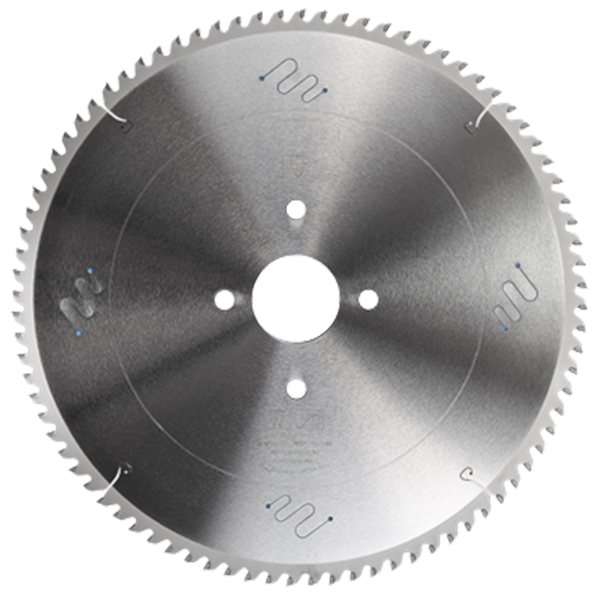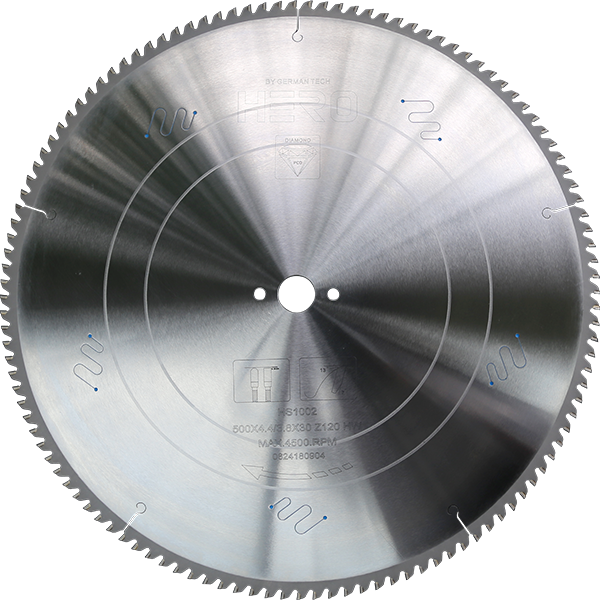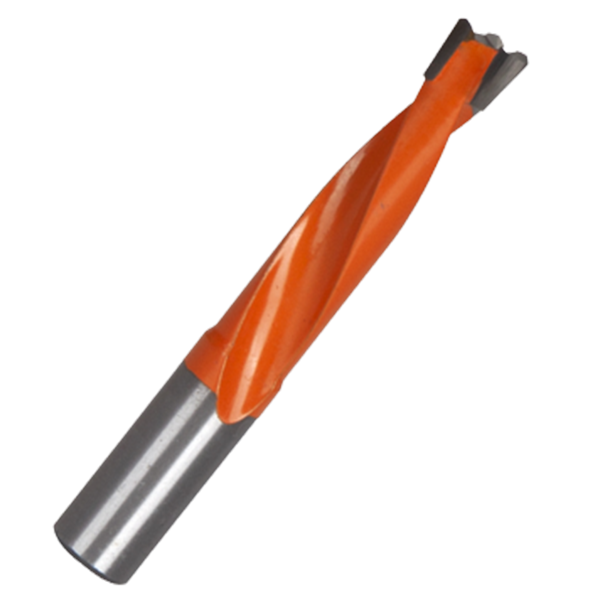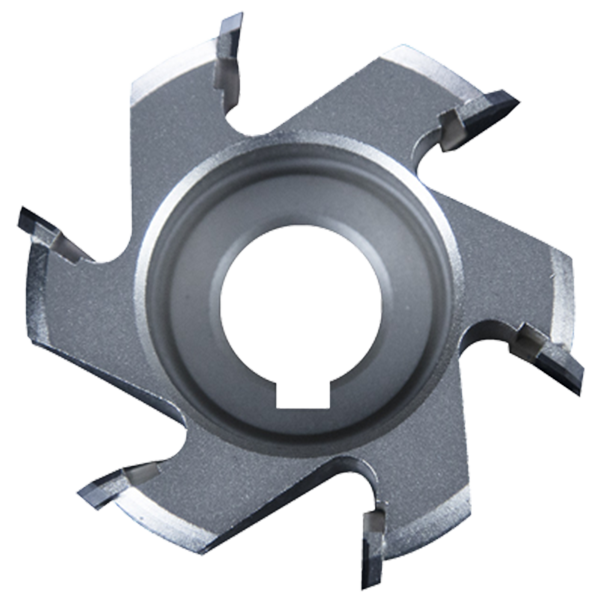High hardness and wear resistance Hardness is the basic characteristic that the toothed blade material should possess. To remove chips from a workpiece, a serrated blade needs to be harder than the workpiece material. The hardness of the cutting edge of the toothed blade used for cutting metal is generally above 60hrc, and the wear resistance is the ability of the material to resist wear. In general, the harder the toothed blade material, the better its wear resistance.
The higher the hardness of the hard spots in the organization, the more the number, the smaller the particles, and the more uniform the distribution, the better the wear resistance. Wear resistance is also related to the chemical composition, strength, microstructure and temperature of the friction zone of the material.
Sufficient strength and toughness To make the toothed blade withstand greater pressure and work under the shock and vibration conditions that often occur during the cutting process without chipping and breaking, the material of the mechanical blade needs to have sufficient strength and toughness. High heat resistance Heat resistance is the main indicator to measure the cutting performance of toothed insert material.
It refers to the performance of the toothed blade material to maintain the agreed hardness, wear resistance, strength and toughness under high temperature conditions. The tooth-shaped blade material should also have the ability not to be oxidized at high temperature and good anti-adhesion and anti-diffusion ability, that is, the material should have good chemical stability.
Good thermal physical properties and thermal shock resistance The better the thermal conductivity of the toothed blade material, the easier it is for the cutting heat to dissipate from the cutting area, which is beneficial to reduce the cutting temperature.
Post time: Feb-21-2023








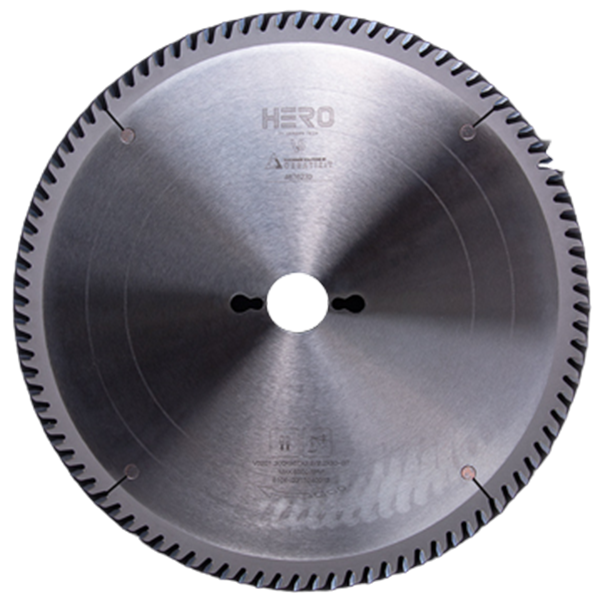 TCT Saw Blade
TCT Saw Blade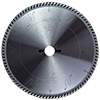 HERO Sizing Saw Blade
HERO Sizing Saw Blade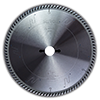 HERO Panel Sizing Saw
HERO Panel Sizing Saw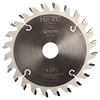 HERO Scoring Saw Blade
HERO Scoring Saw Blade HERO Solid Wood Saw Blade
HERO Solid Wood Saw Blade HERO Aluminum Saw
HERO Aluminum Saw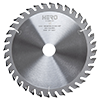 Grooving Saw
Grooving Saw Steel Profile Saw
Steel Profile Saw Edge Bander Saw
Edge Bander Saw Acrylic Saw
Acrylic Saw PCD Saw Blade
PCD Saw Blade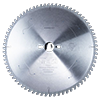 PCD Sizing Saw Blade
PCD Sizing Saw Blade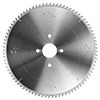 PCD Panel Sizing Saw
PCD Panel Sizing Saw PCD Scoring Saw Blade
PCD Scoring Saw Blade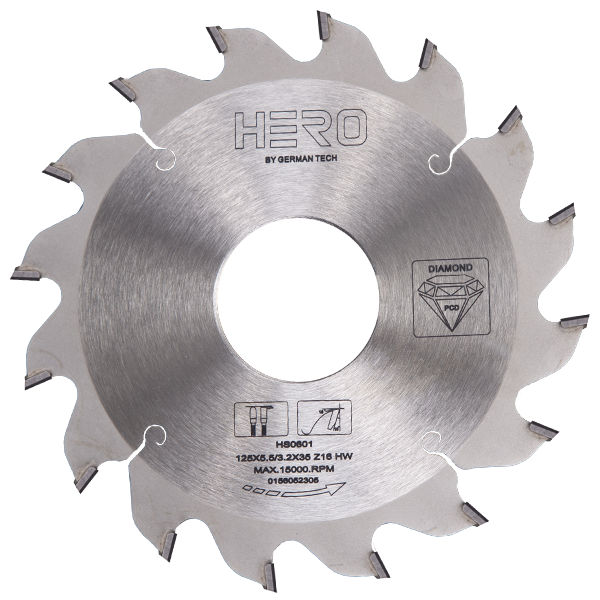 PCD Grooving Saw
PCD Grooving Saw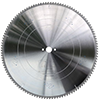 PCD Aluminum Saw
PCD Aluminum Saw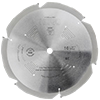 PCD Fiberboard Saw
PCD Fiberboard Saw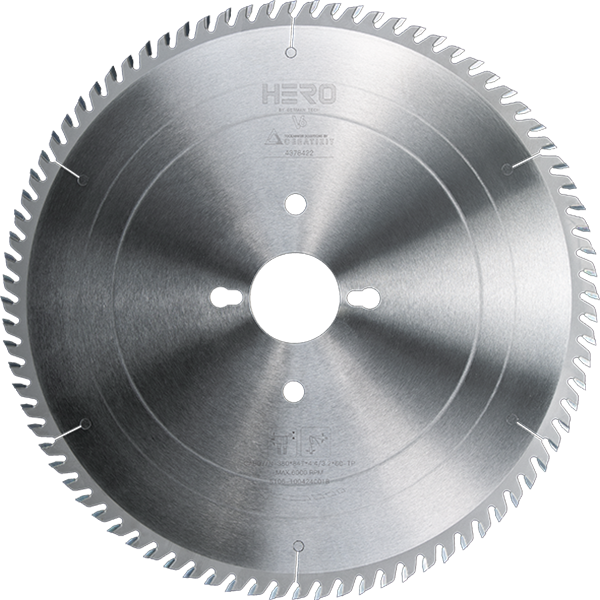 Cold Saw for Metal
Cold Saw for Metal Cold Saw Blade for Ferrous Metal
Cold Saw Blade for Ferrous Metal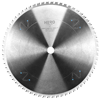 Dry Cut Saw Blade for Ferrous Metal
Dry Cut Saw Blade for Ferrous Metal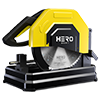 Cold Saw Machine
Cold Saw Machine Drill Bits
Drill Bits Dowel Drill Bits
Dowel Drill Bits Through Drill Bits
Through Drill Bits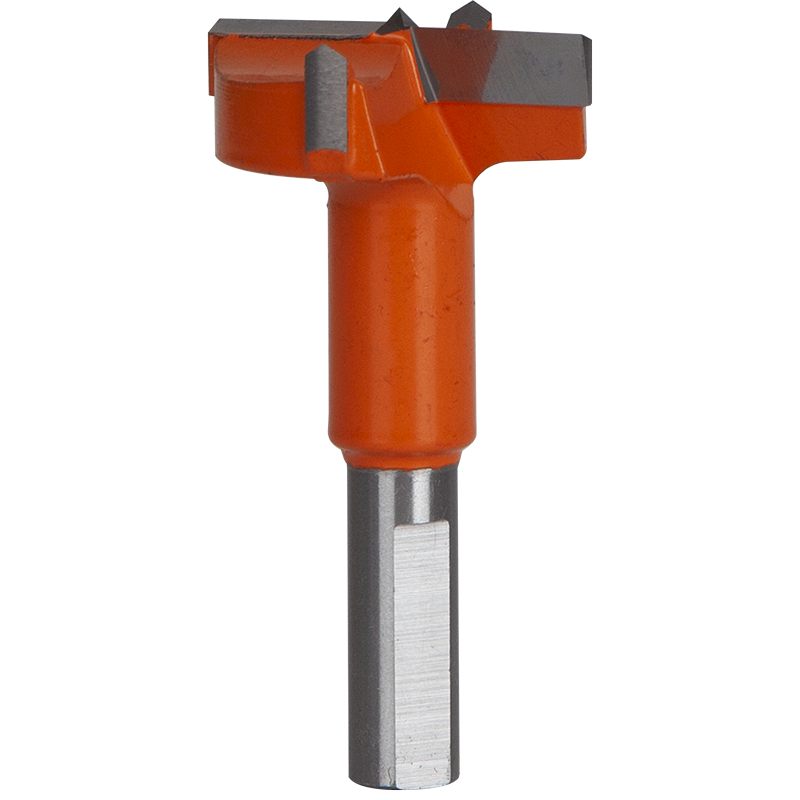 Hinge Drill Bits
Hinge Drill Bits TCT Step Drill Bits
TCT Step Drill Bits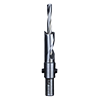 HSS Drill Bits/ Mortise Bits
HSS Drill Bits/ Mortise Bits Router Bits
Router Bits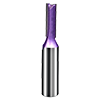 Straight Bits
Straight Bits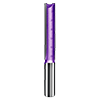 Longer Straight Bits
Longer Straight Bits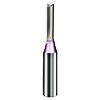 TCT Straight Bits
TCT Straight Bits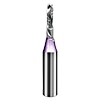 M16 Straight Bits
M16 Straight Bits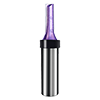 TCT X Straight Bits
TCT X Straight Bits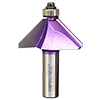 45 Degree Chamfer Bit
45 Degree Chamfer Bit Carving Bit
Carving Bit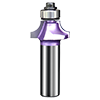 Corner Round Bit
Corner Round Bit PCD Router Bits
PCD Router Bits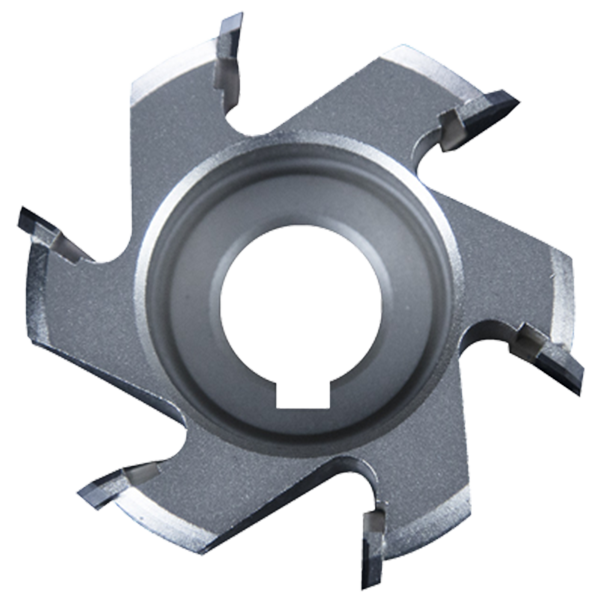 Edge Banding Tools
Edge Banding Tools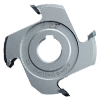 TCT Fine Trimming Cutter
TCT Fine Trimming Cutter TCT Pre Milling Cutter
TCT Pre Milling Cutter Edge Bander Saw
Edge Bander Saw PCD Fine Trimming Cutter
PCD Fine Trimming Cutter PCD Pre Milling Cutter
PCD Pre Milling Cutter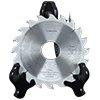 PCD Edge Bander Saw
PCD Edge Bander Saw Other Tools & Accessories
Other Tools & Accessories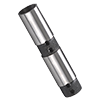 Drill Adapters
Drill Adapters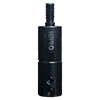 Drill Chucks
Drill Chucks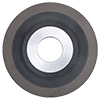 Diamond Sand Wheel
Diamond Sand Wheel Planer Knives
Planer Knives
